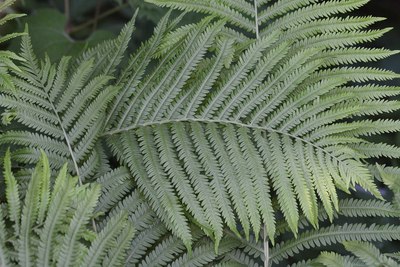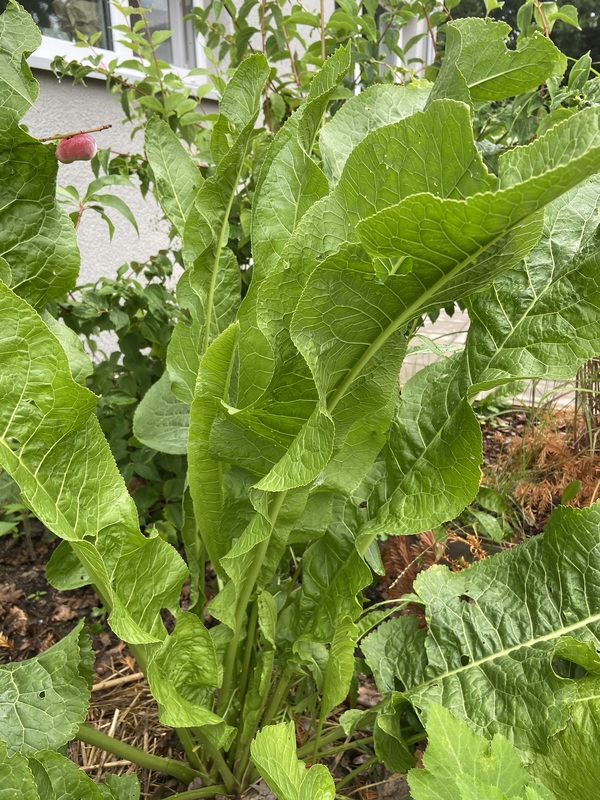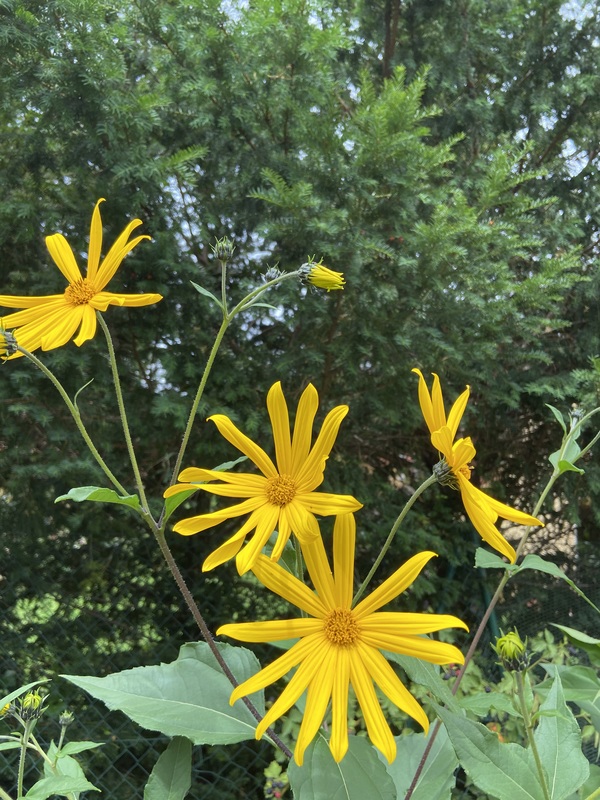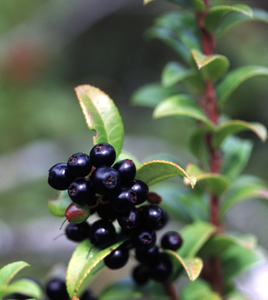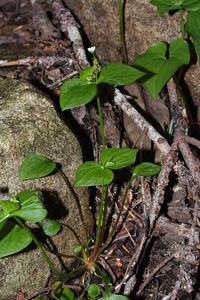Description
The fronds are dimorphic, with the deciduous green sterile fronds being almost vertical, 100–170 cm (39–67 in) tall and 20–35 cm (7.9–13.8 in) broad, long-tapering to the base but short-tapering to the tip, so that they resemble ostrich plumes, hence the name. The fertile fronds are shorter, 40–65 cm (16–26 in) long, brown when ripe, with highly modified and constricted leaf tissue curled over the sporangia; they develop in autumn, persist erect over the winter and release the spores in early spring. Along with Dryopteris goldieana, it is one of the largest species of fern in eastern North America.
The Ostrich Fern, scientific name Matteuccia struthiopteris, is a large, deciduous fern native to temperate regions of the Northern Hemisphere, including parts of North America, Europe, and Asia. The plant has long, feathery fronds that can grow up to 6 feet tall, with each frond divided into many smaller leaflets. The fronds emerge in the spring and turn yellow and then brown in the fall. The plant also produces brown, spore-bearing structures on the undersides of the leaflets.
Ostrich Ferns prefer moist, shaded areas and can be grown successfully in a variety of soils, including sandy or clay soils. They are winter hardy and can tolerate partial sun, but do best in shaded or partially shaded areas. To cultivate Ostrich Ferns, a grower can start the plants from spores or by dividing established plants in the spring or fall.
The fiddleheads of the Ostrich Fern are edible and are often harvested in the spring for use in salads or as a cooked vegetable. The fiddleheads should be cooked thoroughly before consuming, as they can cause stomach upset if eaten raw. The fiddleheads can be stored in the refrigerator for a few days after harvest, or they can be blanched and frozen for longer storage.
Ostrich Ferns are valued for their ability to grow in shady areas, making them useful for adding texture and interest to a shady garden. They can also be used as a ground cover to control erosion on slopes or in other areas where grass may not grow well. In addition, the ferns provide habitat and food for a variety of wildlife, including birds and small mammals.
